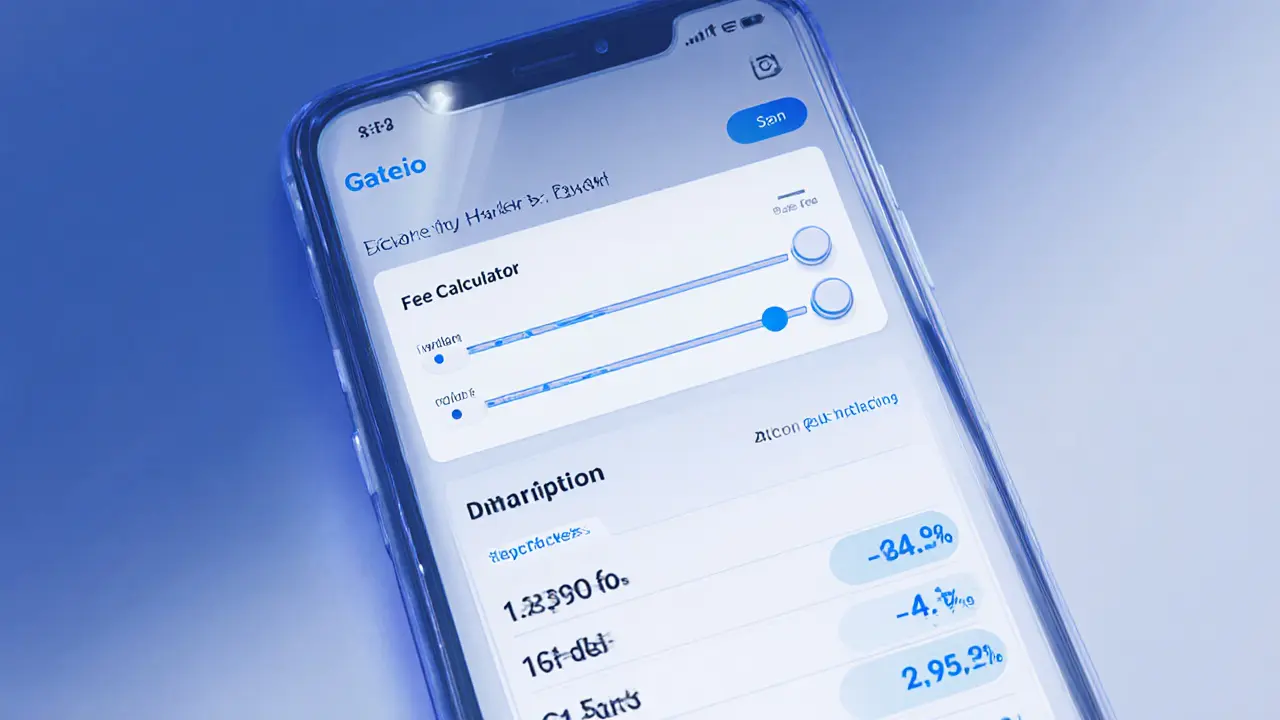GT Token – Everything You Need to Know
When working with GT token, a utility token built on the Binance Smart Chain that powers the GT ecosystem. Also known as GT, it offers fee discounts, staking rewards, and governance voting rights.
Behind the scenes, the token lives on Binance Smart Chain, a high‑performance blockchain network that supports fast, low‑cost smart contracts. This connection means GT token can move quickly across wallets and exchanges, keeping transaction fees low for everyday users. The chain’s compatibility with DeFi protocols also lets GT integrate with yield farms, liquidity pools, and other financial tools without extra bridges.
One of the biggest draws for early adopters is the airdrop, a free distribution of GT tokens to eligible community members. Airdrops create instant exposure, boost initial liquidity, and encourage holders to explore the platform’s features. In the GT ecosystem, the airdrop was designed to reward users who completed simple tasks such as joining the Telegram group, following on Twitter, or staking a small amount of another token. This strategy not only spikes the token’s community size but also seeds demand that can sustain price movement after the initial hype fades.
Understanding GT’s tokenomics is key to assessing its long‑term value. The total supply caps at 500 million GT, with 40% allocated to the airdrop and community incentives, 30% reserved for liquidity mining, 20% for the development team (vested over three years), and 10% for strategic partnerships. The controlled release schedule prevents sudden dumps, while the built‑in burn mechanism—where a fraction of transaction fees is permanently removed—adds a deflationary pressure that can improve scarcity over time. These attributes together shape the token’s market dynamics and influence investor confidence.
Staking is another core utility. Holders can lock their GT in the official staking pool and earn up to 18% APR, paid out in GT itself. The more you stake, the higher your share of the reward pool, which also allocates a portion of the collected transaction fees back to stakers. This model creates a self‑reinforcing loop: staking reduces circulating supply, boosts price stability, and fuels the fee‑discount program that benefits active traders. For users who prefer passive income, the staking dashboard offers clear analytics, making it easy to track rewards and adjust their position as market conditions change.
Beyond passive benefits, GT token holders gain real influence over the project’s roadmap through on‑chain governance. Proposals—ranging from fee‑structure adjustments to new feature integrations—are submitted and voted on directly via the GT token. Each token represents one vote, so larger holders naturally have more sway, but the system also includes quorum thresholds to prevent a single whale from dominating decisions. This democratic layer aligns the community’s interests with the developers, fostering a sense of ownership that can drive sustained engagement and innovation.
The GT token sits at the intersection of several fast‑growing trends: DeFi yield opportunities, community‑driven airdrops, and blockchain‑native governance. Below you’ll find articles that dive deeper into each of these areas—step‑by‑step guides for buying GT, detailed tokenomics breakdowns, staking tutorials, and real‑world case studies of how the GT ecosystem is evolving. Whether you’re a newcomer looking for a solid entry point or an experienced trader hunting the next utility token, the collection ahead gives you the practical insights you need to make informed decisions.
Gate.io Review 2025 - Fees, Features & Security
An in‑depth Gate.io review covering fees, security, altcoin variety, advanced tools and who should use the exchange in 2025.
VIEW MORE
